Growing Awareness of Data Security
Growing awareness of data security concerns is driving interest in the Li-Fi Market. With increasing incidents of cyber threats, organizations are seeking secure communication methods. Li-Fi technology, which transmits data through light, offers a level of security that is inherently more robust than traditional wireless methods. Since light cannot penetrate walls, it reduces the risk of unauthorized access. This aspect is particularly appealing to sectors that handle sensitive information, such as finance and healthcare. The Li-Fi Market is likely to see heightened demand as businesses prioritize secure communication solutions in their operations.
Growing Demand for High-Speed Internet
The increasing demand for high-speed internet connectivity is a primary driver for the Li-Fi Market. As more devices become interconnected, the need for faster data transmission grows. Li-Fi technology, which utilizes light to transmit data, offers speeds that can potentially exceed traditional Wi-Fi. According to recent estimates, Li-Fi can achieve data rates of up to 10 Gbps, significantly enhancing user experience in various applications. This demand is particularly evident in sectors such as education, healthcare, and entertainment, where high-speed internet is crucial. The Li-Fi Market is likely to benefit from this trend as businesses and consumers seek faster, more reliable internet solutions.
Rising Focus on Smart Lighting Solutions
The rising focus on smart lighting solutions is another significant driver for the Li-Fi Market. As urban areas evolve, there is a growing emphasis on integrating lighting systems with communication technologies. Li-Fi can transform existing LED lighting into data transmission sources, providing dual functionality. This trend aligns with the broader movement towards smart cities, where efficient lighting systems contribute to energy savings and improved urban infrastructure. The Li-Fi Market is likely to experience growth as municipalities and businesses invest in smart lighting solutions that incorporate Li-Fi technology, enhancing both connectivity and energy efficiency.
Integration with Internet of Things (IoT)
The integration of Li-Fi technology with the Internet of Things (IoT) is poised to drive growth in the Li-Fi Market. As IoT devices proliferate, the need for efficient and high-speed communication methods becomes paramount. Li-Fi can facilitate seamless connectivity between devices, enabling real-time data exchange and enhancing operational efficiency. For instance, in smart homes, Li-Fi can connect various appliances, providing a robust network that supports multiple devices simultaneously. The Li-Fi Market may see increased investments as companies recognize the potential of Li-Fi to enhance IoT applications, leading to smarter and more connected environments.
Increased Investment in Research and Development
Increased investment in research and development is a crucial factor propelling the Li-Fi Market forward. As technology evolves, companies are allocating resources to explore innovative applications of Li-Fi. This investment is not only aimed at improving existing technologies but also at discovering new use cases across various sectors, including healthcare, automotive, and telecommunications. The Li-Fi Market may witness advancements that enhance the performance and reliability of Li-Fi systems, making them more appealing to potential users. Furthermore, collaboration between academia and industry could lead to breakthroughs that expand the market's reach.

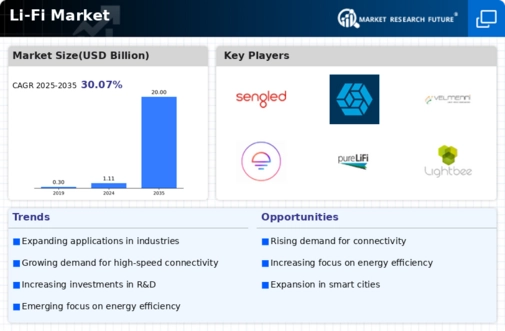
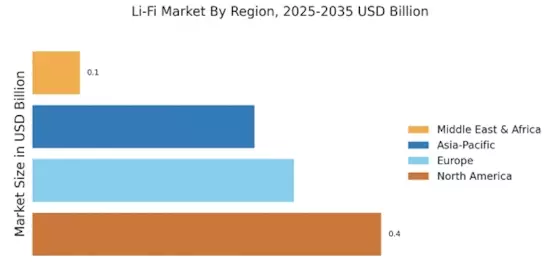
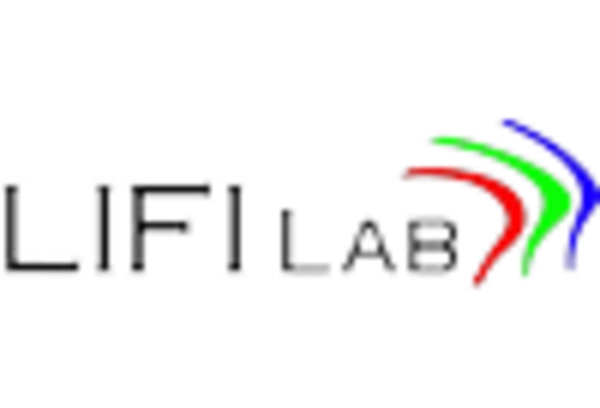
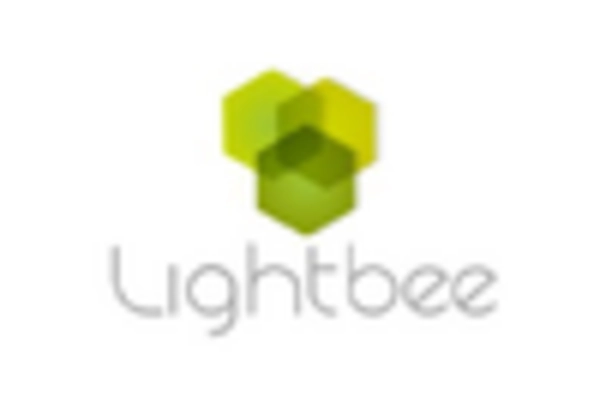
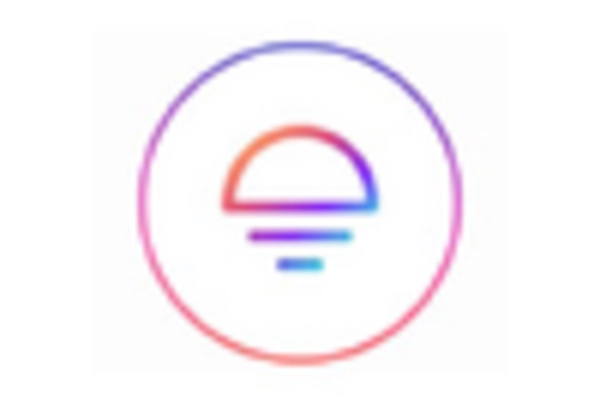

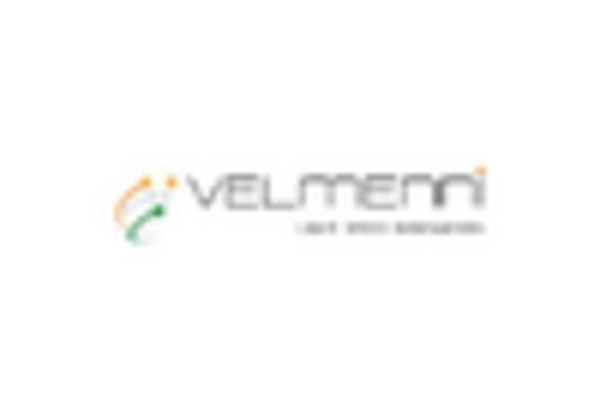
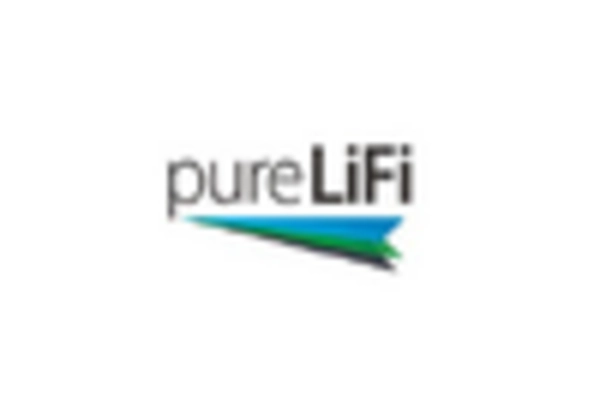








Leave a Comment